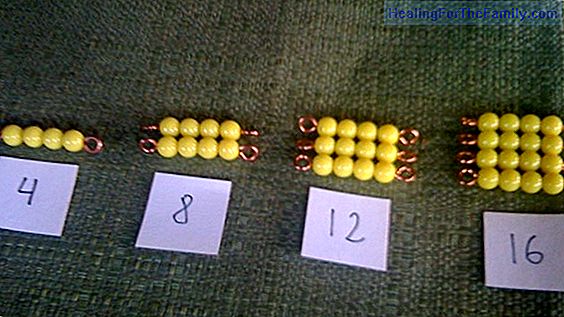The emotional dependence of children
Being emotionally dependent means feeling the need to be next to a person to feel safe and protected. During childhood, it is normal for children to feel that bond towards their parents, but little by little it should disappear. It is very important that this emotional dependence on children is beco
Being emotionally dependent means feeling the need to be next to a person to feel safe and protected. During childhood, it is normal for children to feel that bond towards their parents, but little by little it should disappear.
It is very important that this emotional dependence on children is becoming less and less. As children grow up they develop their own lives and it is transcendental that in order for this to happen, the little ones do not have the need for continued protection of their reference figure.
Emotional dependence of children: The importance of secure attachment

If we want children to become independent adults, a secure attachment must be fostered to help them explore the world and learn the tools necessary to cope alone.
This type of secure affective bond involves talking about love, security, trust, the need to be in contact and leaving aside overprotection. In order to promote the bond of secure attachment without falling into unsafe, ambivalent, or disorganized affective states that lead to high levels of anxiety and emotional dependence of children we must have behaviors such as:
- Be available. The primary caregiver must be present and focused on the child care task. If the person caring is with "the mind elsewhere", the quality of care may be affected.
- Regular affection samples. To the extent that the child does not receive continuous signs of affection in his first years of life, he will grow up thinking that he is not worthy of the affection of his caregivers. Thus, as the child grows, he will continually seek affection in the people around him without ever feeling secure. Therefore, it is essential that we provide attention every time we have the opportunity in a regular and coherent way in front of the signs and demands of the child.
- Offer them some limits and routines. Children need to see the world around them in a predictable way. Therefore, if there are no routines that mark what you can do or what will not always move with the insecurity of not knowing how to behave. In addition, these routines must be consistent and consistent adapted to their age. Be models when fulfilling them.
- Praise for what he does. Do not press the child towards quality standards in everything he does. That is, when you make a drawing for example, it is necessary to praise what you have done instead of correcting the faults, such as: you have left the line when painting, this drawing is not of this color, etc. With this behavior only insecurity is created.
- Do not shout at him when he does something wrong. If the child is shouted he will learn that this is the normal way of relating.
- Do not label your behaviors. How many times have we heard this: "is that the child falls all the time, is very clumsy", "this child is very bad, all the time is here and there." If the child continually listens to these negative definitions about his behavior, he will configure his personality in an erroneous way in which his behavior will be guided by the sense of his worth. That is, the child who misbehaves will believe that he will only be loved if he behaves well. The labels create emotional dependence.
- Let the child make his own decisions. Prevent children from making decisions with total freedom, implies creating a dependency that will last for years and years and could even reach adulthood.
Beware of what parents do not do
Many times there are parents who believe they help children with their actions and achieve the opposite. Behaviors such as: letting a child cry, delaying the response, not meeting their needs, etc. they are not valid ways to transmit security and, therefore, facilitate the independence of the child. Quite the opposite: in this way an insecure style of attachment is facilitated that in the long term will lead to a dependent adult.












